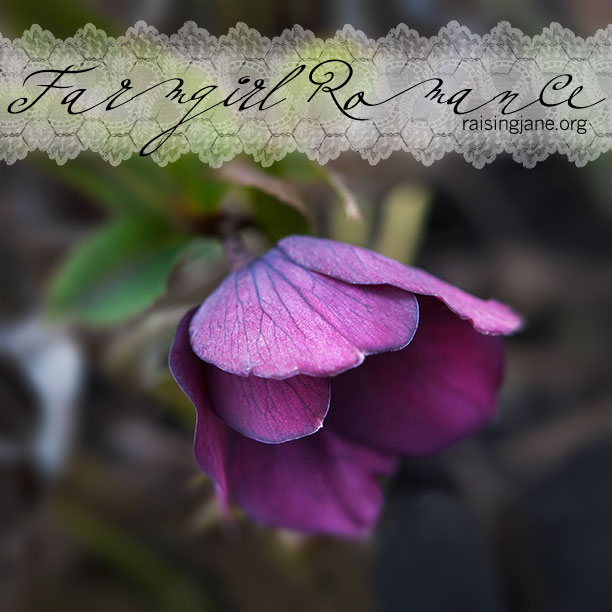
-
Buy props used in MaryJane’s books and magazine!
5% of profits will benefit www.firstbook.org, a non-profit that provides new books to children from low-income families throughout the U.S. and Canada.

Here’s how:
MaryJane will post a photo and a description of a prop and its cost along with a few details as to its condition here: https://shop.maryjanesfarm.org/MaryJanesCurations. It’s a playful way to be the new owner of a little bit of farm herstory.




















































Beautiful rich color! What is it? The ability of a camera to capture these details is amazing!
Commonly known as hellebores, members of the genus Helleborus comprise approximately 20 species of herbaceous or evergreen perennial flowering plants in the family Ranunculaceae, within which it gave its name to the tribe of Helleboreae. Many species are poisonous. Despite names such as “Christmas rose” and “Lenten rose”, hellebores are not closely related to the rose family (Rosaceae).
The genus is native to much of Europe, from western Great Britain, Spain and Portugal, eastward across the Mediterranean region and central Europe into Romania and Ukraine, and along the north coast of Turkey into the Caucasus. The greatest concentration of species occurs in the Balkans. One atypical species (H. thibetanus) comes from western China; another atypical species (H. vesicarius) inhabits a small area on the border between Turkey and Syria.
The flowers have five “petals” (actually sepals) surrounding a ring of small, cup-like nectaries (petals modified to hold nectar). The sepals do not fall as petals would, but remain on the plant, sometimes for many months. Recent research in Spain suggests that the persistence of the sepals contributes to the development of the seeds.
Over the years I’ve cultivated about 40 of these plants. Right now they’re starting to bloom–I’m madly in love with their subtle beauty.
Absolutely love hellobores ! Their strange coloration and early blooming make them so special in the early spring garden. There is one garden nearby in a trailer park that has the most beauitful ones I have ever seen. Congrats to you MJ for realizing their oh so subtle beauty.